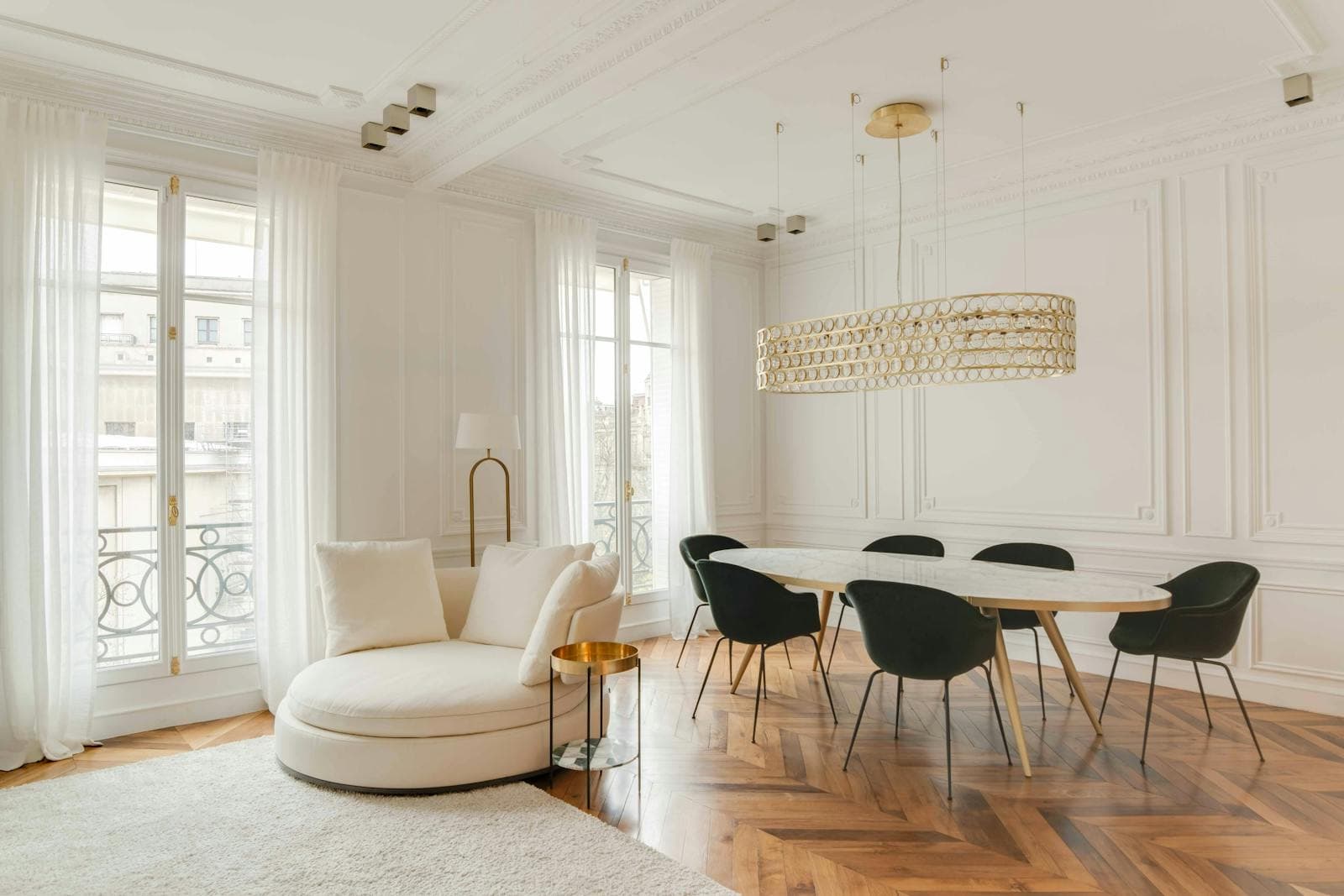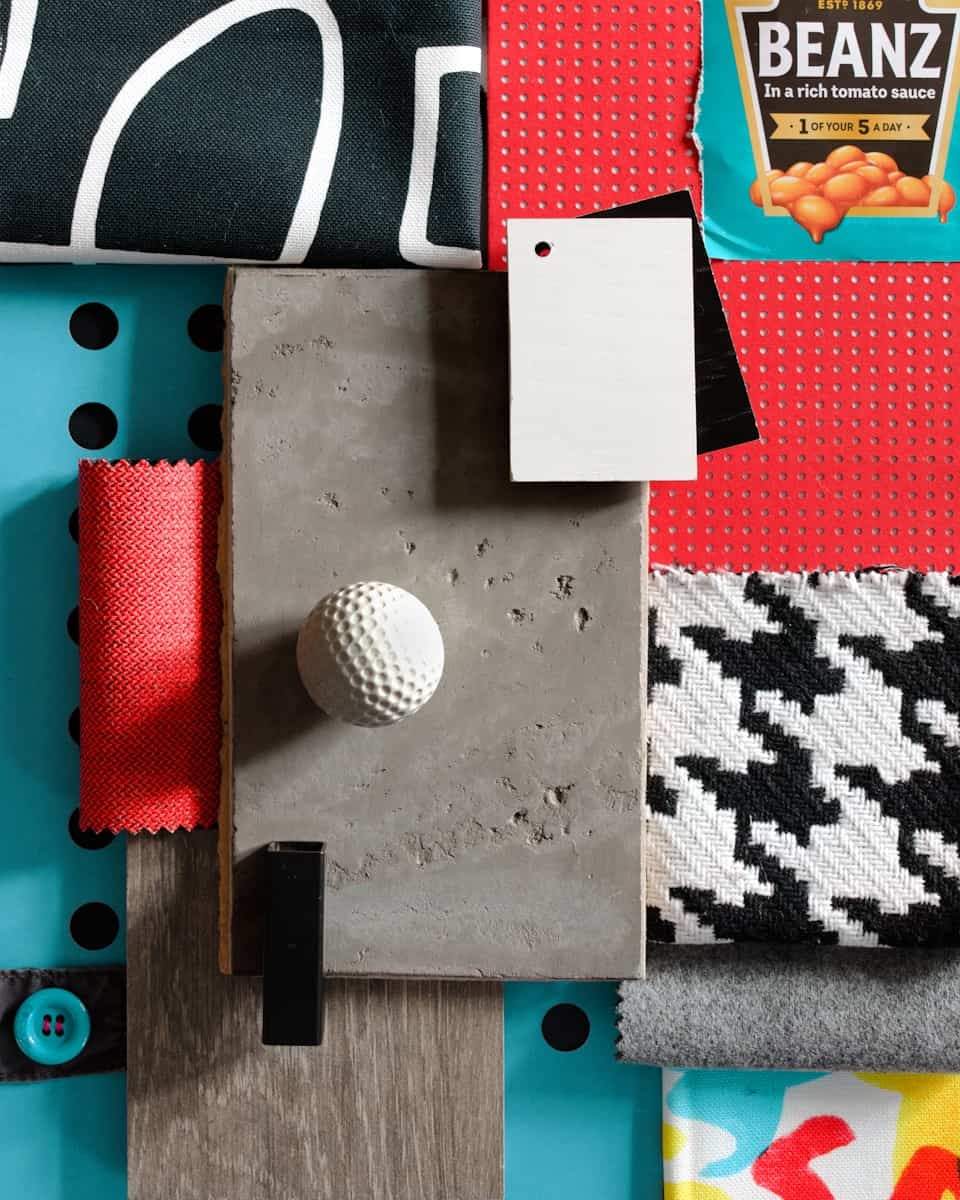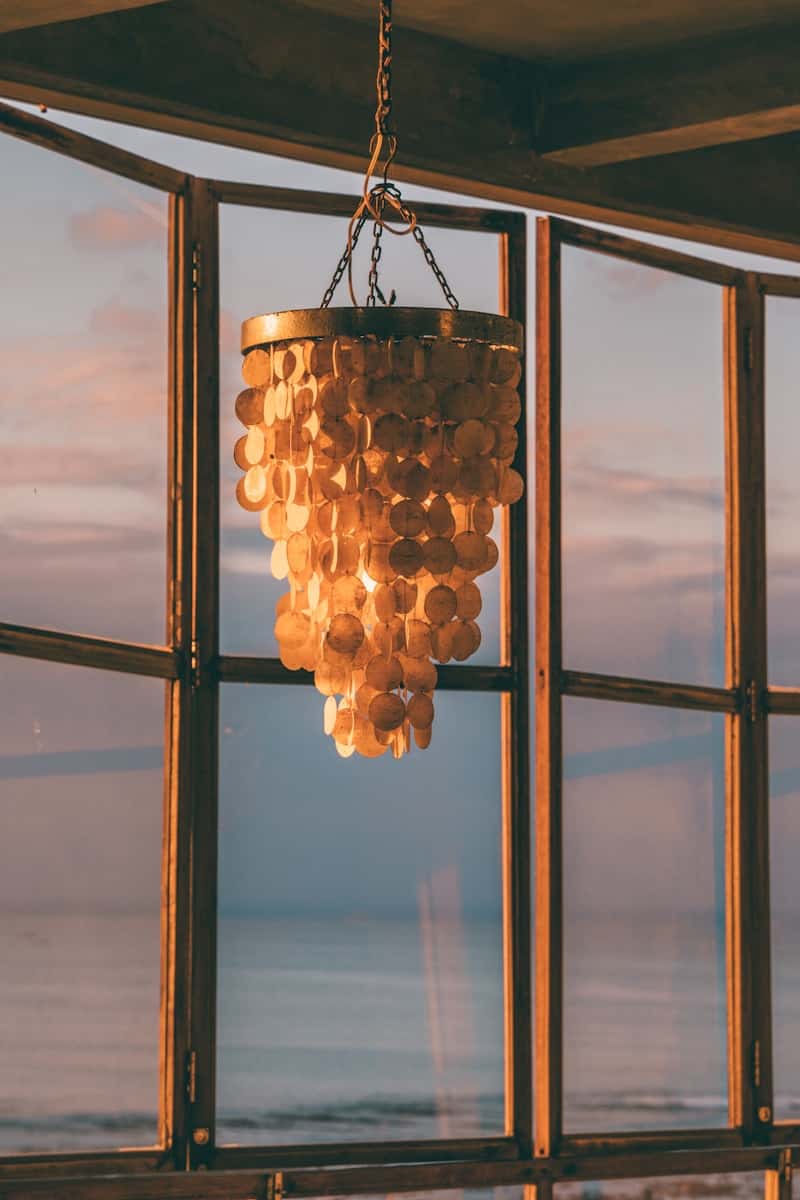In the world of interior design, achieving harmony and balance is key to creating spaces that feel inviting, comfortable, and visually appealing. One concept that holds particular significance in design philosophy is the ancient Chinese philosophy of Yin and Yang. Representing opposing forces that are interconnected and complementary, Yin and Yang offer valuable insights into achieving equilibrium in interior spaces. Let’s explore how to incorporate Yin and Yang principles into interior design with five practical tips.
1. Embrace Contrast:

At the core of Yin and Yang is the idea of contrast and balance. In interior design, this translates to incorporating elements of light and dark, soft and hard, and smooth and textured surfaces. For example, pair a sleek, modern sofa with plush, textured throw pillows to create a visually stimulating yet harmonious seating area. By balancing contrasting elements, you can create dynamic and inviting spaces that stimulate the senses.
2. Focus on Symmetry and Asymmetry:
Incorporating both symmetrical and asymmetrical elements is essential for achieving balance in interior design. Symmetry, representing Yang energy, offers stability and order, while asymmetry, representing Yin energy, adds interest and movement. Strike a balance by pairing symmetrical furniture arrangements with asymmetrically placed accessories or artworks. This creates a visually compelling composition that maintains a sense of equilibrium.
3. Play with Colors and Materials:

Colors and materials play a crucial role in evoking different energies within a space. Warm colors like red and orange represent Yang energy, associated with activity and warmth, while cool colors like blue and green embody Yin energy, promoting relaxation and tranquility. Incorporate a mix of warm and cool tones, along with a variety of materials such as wood, metal, and fabric, to create a balanced sensory experience that appeals to both sight and touch.
4. Create Flow with Circulation:
Incorporating elements of circulation and movement is essential for promoting a sense of harmony within a space. Arrange furniture in a way that allows for easy flow of movement and encourages interaction between different areas. Consider using curved lines and organic shapes to soften angular spaces and promote a sense of fluidity. By prioritizing circulation, you can create spaces that feel open, inviting, and conducive to both relaxation and socialization.
5. Cultivate Tranquility with Lighting:

Lighting plays a significant role in setting the mood and atmosphere of a space. Balance natural and artificial lighting to create a harmonious ambiance that supports the activities and functions of the room. Incorporate soft, diffused lighting for relaxation areas to promote Yin energy, while brighter, task-oriented lighting can energize Yang spaces. Additionally, consider incorporating candles or LED lights with adjustable color temperatures to create versatile lighting effects that cater to different needs throughout the day.
Incorporating Yin and Yang principles into interior design offers a holistic approach to creating balanced and harmonious spaces that nurture both the body and the soul. By embracing contrast, symmetry, color, circulation, and lighting, you can cultivate environments that promote well-being, harmony, and tranquility for all who inhabit them.

